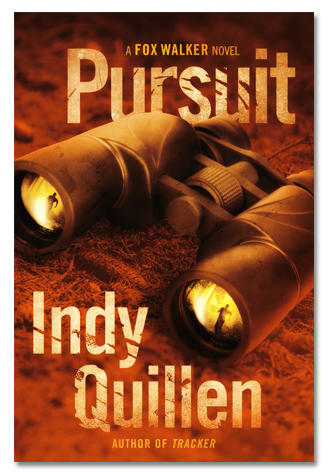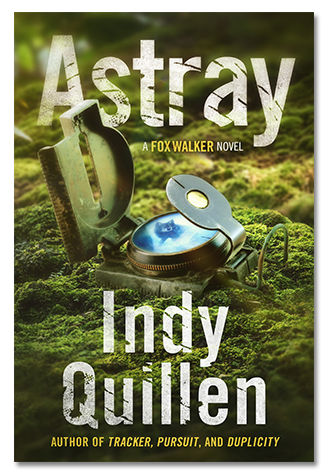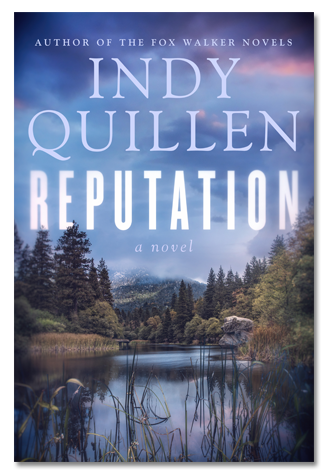Being Prepared = Redundancy
 You can ask my husband how I feel about redundancy when it comes to be prepared for any kind an emergency. He lovingly teases me about the myriad ways we can start a fire. Beyond having waterproof & stormproof matches, we have an assortment of different kinds of ferro rods, flint and steel strikers and magnifying glasses, as well as fire starter sticks and various medium to use as tinder.
You can ask my husband how I feel about redundancy when it comes to be prepared for any kind an emergency. He lovingly teases me about the myriad ways we can start a fire. Beyond having waterproof & stormproof matches, we have an assortment of different kinds of ferro rods, flint and steel strikers and magnifying glasses, as well as fire starter sticks and various medium to use as tinder.
Just as having redundancy for starting a fire, is important, I believe in also having a variety of ways to heat water or cook. In a power-outage it’s easy enough to say, “I’ll just throw some food on the grill.” But what if you are in the middle of a blizzard, or a hurricane? If you go camping as often as we do, you know that Mother Nature does not always cooperate with your plans.
We also have a variety of ways to cook and heat water
 Depending upon our needs and where we are at the time, we have options. For home use, of course there’s the grill. But make sure you keep a back-up bag of charcoal or canister of propane for your grill. No fuel—no cooking. For setting up in a campground where we will be cooking a lot of meals, we have a two-burner camp stove that runs on propane. If we are doing a short camping trip and want to keep our gear to a minimum, we use a one-burner stove that runs on either propane or butane (we’ve seen times propane wasn’t available—only butane). We even have a small one-burner lightweight backpacking camp stove that runs on white gas—extremely efficient.
Depending upon our needs and where we are at the time, we have options. For home use, of course there’s the grill. But make sure you keep a back-up bag of charcoal or canister of propane for your grill. No fuel—no cooking. For setting up in a campground where we will be cooking a lot of meals, we have a two-burner camp stove that runs on propane. If we are doing a short camping trip and want to keep our gear to a minimum, we use a one-burner stove that runs on either propane or butane (we’ve seen times propane wasn’t available—only butane). We even have a small one-burner lightweight backpacking camp stove that runs on white gas—extremely efficient.
But what if we are in an emergency situation and run out of propane or butane fuel? No problem! We have the Bio-Lite Campstove as a back-up. It burns bio fuels such as: small twigs and sticks, pinecones, bark, pieces of cardboard, and even store bought wood pellets. I love the fact this stove doesn’t need any manufactured fuel and takes up such a small spot for storage. And what a great back-up stove to have on hand for emergencies at home. We could gather items to burn right from our back yard!
But What About Something Safe for Indoors?
But what about something to use in the house during a power outage to heat some water or a can of soup? I personally don’t want to use liquid fuels inside (and various fumes can be dangerous). And the Bio-Lite Camp stove creates a pretty healthy fire that, that along with the smoke, would be a bit over-kill (read dangerous) for even short-term indoor needs.
I recently found the perfect solution—and it’s inexpensive too.
 It’s what they call a Folding Sterno Camp Stove. There are all types of varieties out there and I plan to check out a few more to see which one performs the best. The type I’m talking about holds a sterno can underneath with a large grate on top that will support a cooking pan. The reason I was excited about this type of unit is that I can make my own sterno-type fuel, called Buddy Burners, using paraffin and cardboard, if I don’t have any sterno cans on hand. This little stove is perfect for my needs in that easily holds one of my homemade tuna-can-sized Buddy Burners underneath (or a store-bought sterno can), and the large grate on top will support a pan large enough to boil a cup of water for a dehydrated meal pouch, or heat a can of soup. I can safely use it indoors, using common sense precautions, such as setting the unit on top of my metal stove or other heat-proof surfaces. Always be safe using an open flame indoors! It also folds flat for easy storage. An important point if you have limited storage space.
It’s what they call a Folding Sterno Camp Stove. There are all types of varieties out there and I plan to check out a few more to see which one performs the best. The type I’m talking about holds a sterno can underneath with a large grate on top that will support a cooking pan. The reason I was excited about this type of unit is that I can make my own sterno-type fuel, called Buddy Burners, using paraffin and cardboard, if I don’t have any sterno cans on hand. This little stove is perfect for my needs in that easily holds one of my homemade tuna-can-sized Buddy Burners underneath (or a store-bought sterno can), and the large grate on top will support a pan large enough to boil a cup of water for a dehydrated meal pouch, or heat a can of soup. I can safely use it indoors, using common sense precautions, such as setting the unit on top of my metal stove or other heat-proof surfaces. Always be safe using an open flame indoors! It also folds flat for easy storage. An important point if you have limited storage space.
I’ve seen videos of people using these little stoves out in the wilderness and even burning kindling (little pieces of wood) in them, instead of using the canned sterno fuel. Although these stoves are heavy, compared to the lightweight stoves made for backpacking, I can see why some would prefer them versus needing to carry canisters of fuel for the other types of stoves. And even a sterno can takes up a lot less space than the canisters and could serve multiple purposes.
This little camp stove is by no means a long-term solution for cooking. It’s small, and depending upon the fuel you use, will take some time to bring a cup of water to boil or heat food. But in an emergency situation it could be a real life-saver as it would allow you to boil water for safe drinking. And nothing makes a scary scenario easier to deal with than having some warm food to eat, or a hot cup of tea.
I think it’s a great addition for my emergency preparedness supplies here at home. And it’s inexpensive. I think I might add one to each of our car emergency bags as well.


 Being outside in nature is the most basic part of who I am. Besides gaining knowledge about wildlife, I learn lessons about who I am, and surprise myself about what I am capable of achieving. Nature continually inspires me. It is a part of all my writings, no matter the genre or subject matter.
Being outside in nature is the most basic part of who I am. Besides gaining knowledge about wildlife, I learn lessons about who I am, and surprise myself about what I am capable of achieving. Nature continually inspires me. It is a part of all my writings, no matter the genre or subject matter. 




